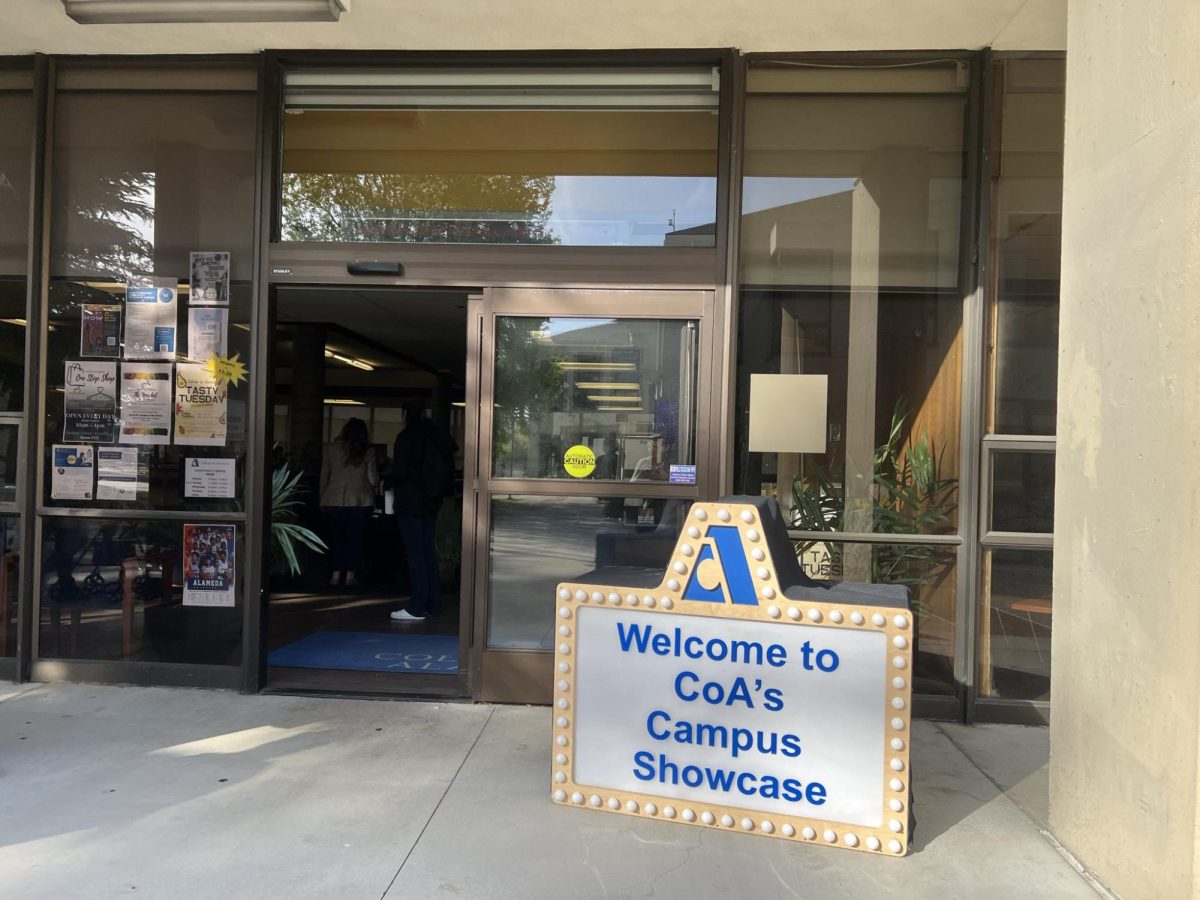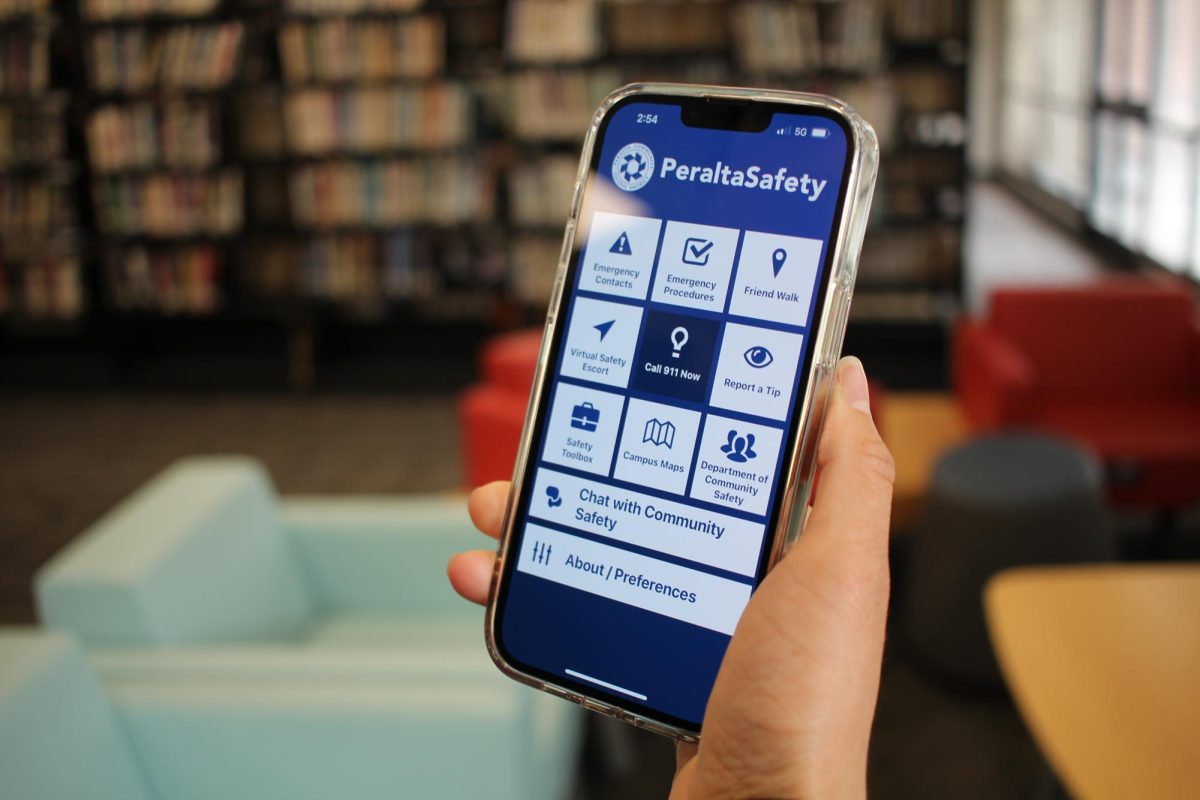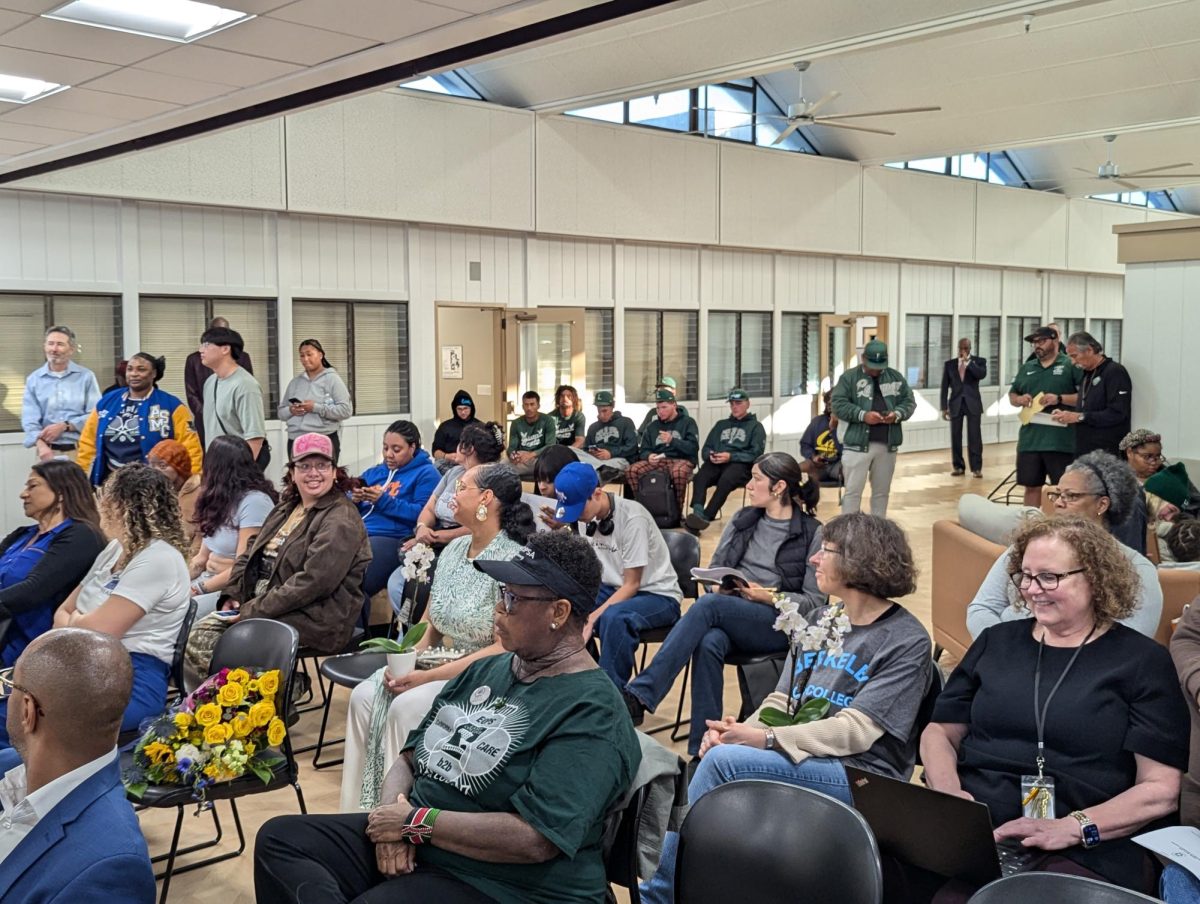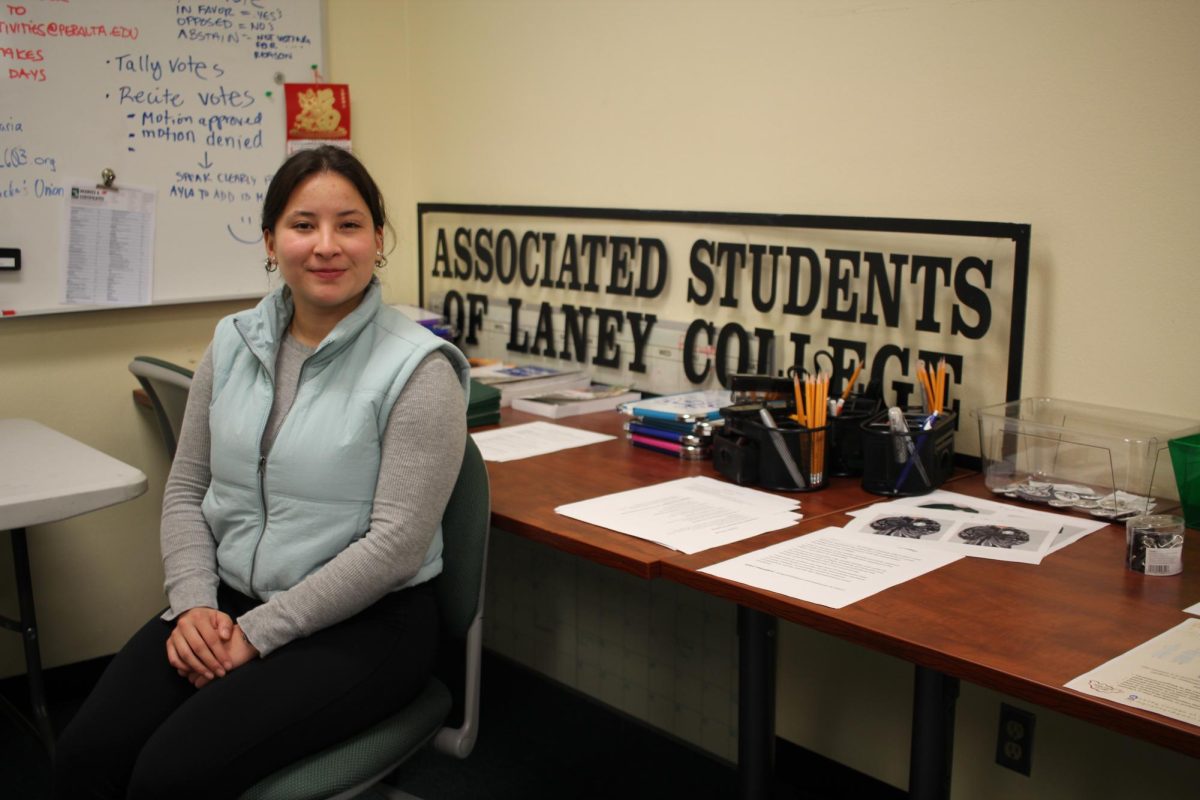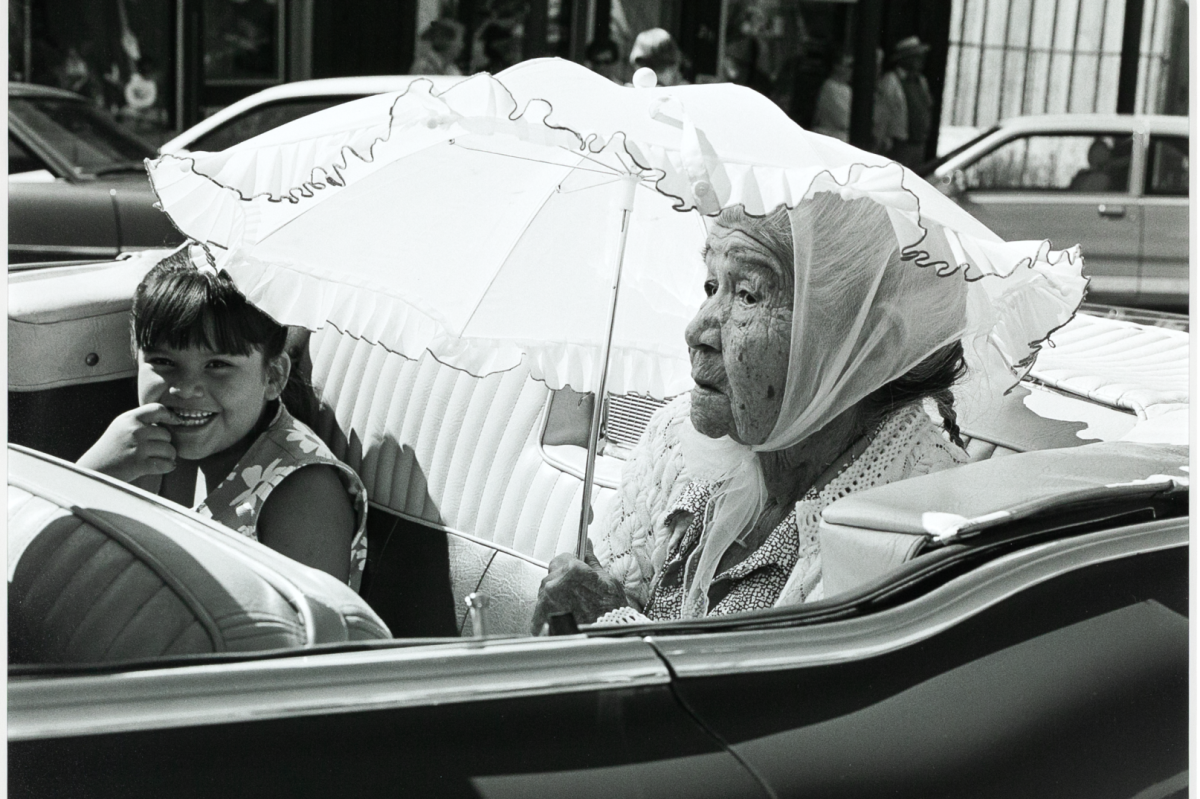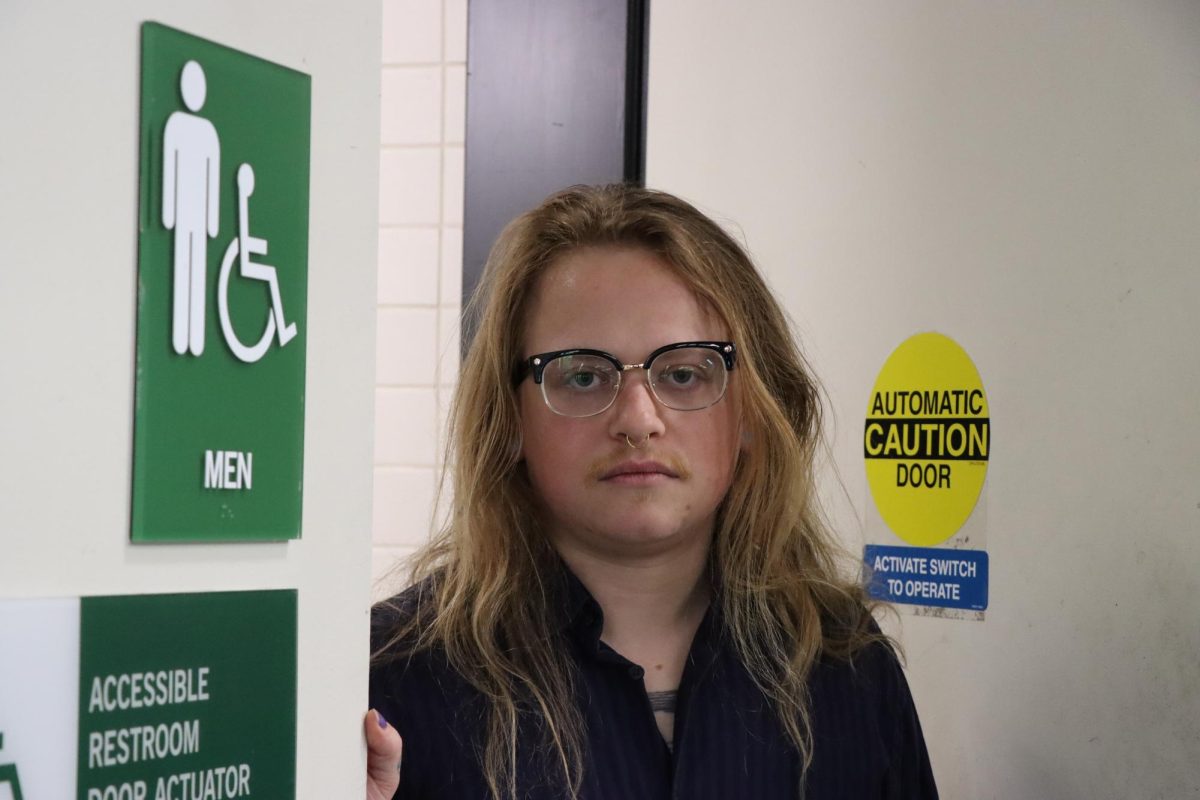Can Mayor Libby Schaaf’s new housing proposal save Oakland — before it’s too late?
Oakland’s housing crisis has sent the city into a state of emergency, in spite of the city’s determination to provide low-to-moderate income housing.
The total estimate of people without permanent housing in Oakland is 6,300, of which 600 to 700 are living in encampments, according to a 2015 survey on the city’s homeless provided by the Oakland City Council.
These numbers also include those at risk of homelessness, due to evictions, loss of income, and gentrification. Oakland Mayor Libby Schaaf and District Two Council member Abel Guillen proposed legislation to address the housing crisis in Oakland at a city council meeting on Dec. 8, 2015.
It has been six months since legislation to declare a “shelter crisis” under the California Government Code sections 8698, 8698.1, and 8698.2 was enacted. Under these codes, the local body of government can declare a shelter crisis when a significant number of the population is without the ability to obtain shelter, resulting in a threat to their health and safety.
The situation is exacerbated by lack of steady healthcare, frequently exposing the already-vulnerable to dangerous toxins.
The city initiative acknowledges these realities, and aims to assist displaced families with low-to-moderate incomes. The city also says the subset of that population deemed “chronically homeless,” many of whom live in encampments under freeways and in tents taking up whole city blocks and in vacant lots, present a health and safety concern due to the risk of infectious diseases.
But this situation is exacerbated by lack of steady healthcare, frequently exposing the already-vulnerable to toxins from urine, feces, moldy food, and substance abuse.
However, this disenfranchisement is largely due to the growing income inequality the U.S. has faced for decades: those deemed “chronically homeless” have an income falling below the federal standard of low income, $17,820 a year for a family size of one.
“I receive social security each month and it’s not enough to pay rent,” said Gregory, 53, an Oakland resident living in an encampment under a local freeway.
Although he frequents the men’s shelters when the weather is bad or when he just wants to be indoors, he prefers his tent. (For our story on why many people choose not to use shelters, click here.)
“I have my own space and it’s quiet at night,” he said. He also keeps his space clean and deposits his human waste away from where he sleeps; usually he uses public facilities.
Gregory says if he were given a permanent place to live that fits his income of under $1,000 a month he would take it and turn it into a long-term solution.
As gentrification continues to impact the housing market, those living in encampments have often given up on finding permanent housing.
The last job Gregory had was in construction in 2005; he got hurt on the job and has never really recovered. He lost his income and lost his housing.
He hasn’t been able to work in years and collects cans, bottles and plastics to recycle to help him survive.
Gregory’s situation is not uncommon. As gentrification continues to impact the housing market due to the lack of affordable housing or resources for temporary housing, those living in encampments have often given up on finding permanent housing. The problem is made worse by red tape in the form of excessive requirements needed by employment agencies in order to establish residency.
These agencies require that a homeless person have an address to receive mail, identification or driver’s license, income verification, access to a phone, birth certificate, Social Security card and other references.
When placed in a temporary shelter, a person is required to go to the various social service departments and gather any missing information. The shelters require them to leave the shelter in the morning after cleaning their space and are allowed to return in the evening to eat and sleep.
Several shelters give a list of resources to their clients with access to other shelters, free food, clothing, haircuts and hygiene products. Services are donated, city-funded or volunteer-run.
For many in Oakland struggling with housing — whether homeless or not — there isn’t a single story about homelessness that is not relatable. Those at risk of homelessness feel like they are only one paycheck away from losing their homes themselves.
“I volunteer at the local food bank because I know what it’s like to be without, I’ve been there myself. Now I work and I give back,” said Crystal, a volunteer at the Alameda Food Bank.
“Even though the food is free, there are people who come and try to steal the food. I feel sorry for those who can’t get well enough to get themselves into a better situation.”
Over time, folks living in encampments learn how to create opportunities when they need to go to the restroom, sleep indoors or want to watch television.
Transforming our policies on housing and displacement and mobilizing the efforts in access to services is key to managing the homeless crisis.
“Last week I stayed in a laundromat to watch the Warriors game with a friend,” said a 57-year-old fully gray grandfather of four who was wearing rust-colored corduroy pants and a thick black cotton jacket. He was using a walker. His friend was wearing dark blue jeans and a thin jacket and held a walking cane.
Sam, as he wants to be called, tells the story of him and his friend enjoying a bucket of chicken, watching the Warriors-Cavs Game Seven two weeks ago in a laundromat.
“We told the attendant we were waiting for someone to bring our clothes to be washed, so she would stop bugging us to leave,” he said. When the Warriors game was over one of the two men left, “to go back to the encampment,” Sam said.
Sam wanted to stay longer and knew the laundromat closed at 10 p.m., so he slipped the attendant $20 to stay until it closed. She took the money and he found a comfortable spot to take a nap with his eyes closed and sitting upright.
Folks who have been displaced have techniques they use to fit in. Instead of pushing a shopping cart, they use a rolling luggage carrier or carry large backpacks.
Another place they can find rest is on BART.
“Most of the time I get on a train as early as possible, find a seat and sleep until the end of the line and back again,” said one man who declined to give his name.
Rarely is this man asked to move by passengers; he thinks it’s because he smells or appears scary. But if passengers complain to the BART drivers, then the police will be called and they will be removed from the train. If they have an outstanding warrant or are suspected of a criminal activity, the police may detain them.
“The police frequented the shelter and sometimes women were arrested, for whatever reason. There were really no resources at this shelter.”
Transforming our policies on housing and displacement and mobilizing the efforts in access to services is key to managing the homeless crisis. The population deemed “chronically homeless” needs more direct services and additional resources to help them find housing and employment stability.
There was such a program model called the Job Consortium located at the Oakland Army Base from 2000 to 2004. Due to HUD and federal funding issues, the organization collapsed. Rubicon Programs Inc., out of Richmond, then opened a Berkeley office a year later providing similar services for the homeless.
So how does a person move from homelessness to permanent residency? A woman who lost her job of 15 years two years ago shares her story:
“Each day after leaving the women’s shelter in Berkeley I would go to the social service agency to try to establish some type of income; I was going back and forth. I spoke to an overwhelming number of social workers, each just having tidbits of information.
“It was a long process and luckily I had a car. But I had to get back to the shelter before 5 p.m. to assure I got a parking space on the street. I slept in my car for many months, in parks under trees and on strangers’ couches.
“The police frequented the shelter and sometimes women were arrested, for whatever reason. There were really no resources at this shelter; the computer was always down, people stole your things — I had to toughen up for my own safety.
“I was awarded a Section 8 (voucher) but still couldn’t find housing in Oakland I could afford. I had to extend my shelter stay and request a voucher extension three times. I finally decided to move out of Oakland where I had family.”
Luckily, her story ended well: she is now living in San Luis Obispo and doing fine.
Tinniae McConico is the Laney Tower Student Life Editor. Email her at [email protected].



